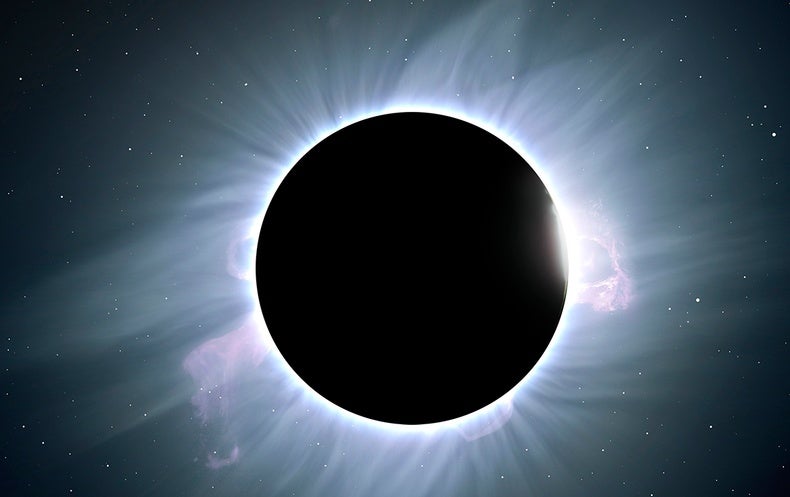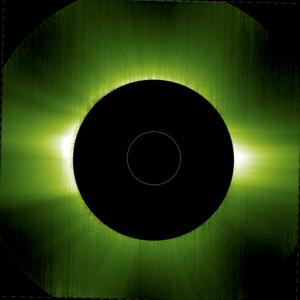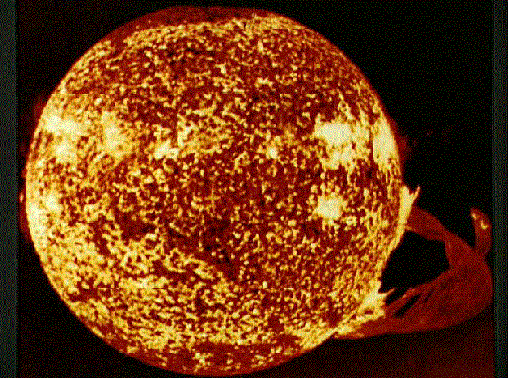
When they discovered the virus group in the 1960s, scientists originally thought the array of these spikes resembled the solar corona, and so named this family of viruses coronavirus.Can an increase or decrease in sunspot activityĪ typical star, the Sun has a diameter of approximately 865,000 miles (nearly 10 times larger than the diameter of Jupiter) and is composed primarily of hydrogen. They have an envelope from which project club-like spikes all over its surface. Coronaviruses contain RNA and are spherical in form. OK, so far we’ve had some Latin lessons, some history, even a dash of architecture and astronomy-a little pathology can’t hurt.Ī virus is an extremely tiny infectious agent made up of an RNA or DNA core, a protein coat, and, in some species, an envelope. First recorded around 1965–70, the name coronavirus is based on the structure of these viruses. Coronavirus refers to a family of viruses that cause respiratory infections. The lager-style beer was first brewed in 1925.ĭue to the 2020 pandemic, however, corona became widely used as a shortened form for coronavirus, especially COVID-19. The logo for corona features a gold crown- corona being the Spanish word for “crown,” also from the Latin corōna. It was borrowed from the ancient Greek korṓnē, a word used for a kind of crow or seabird, as well as for anything curved or hooked, presumably due to the shape of the beak of such birds.īefore 2020, the word corona likely brought to mind for many people Corona, a popular brand of beer made in Mexico. Now, the Latin corōna has its own fascinating past. Crown developed from the Middle English coroune, among other forms, which came from the Anglo-French coroune, in turn from the Latin corona. Much older than corona, crown is found in English around 1125–1175. Today, astronomers specifically use corona for the outermost part of the sun’s atmosphere, which is visible during a total solar eclipse.Īs we’ve seen, corona comes from the Latin word for “crown.” So does the very word crown! Next up in English’s record, evidenced around the mid-1600s, is corona meaning “a ring of light, as around the sun or moon”-like a figurative crown atop the head of a celestial body. The oldest recorded sense of corona in English refers to the projecting, slab-like part of a classical cornice. These applications of corōna informed the earliest uses of the word in English. Outside of literal crowns worn on the head, the Latin corōna could be used for various things that resemble crowns in their form, including cornices and the halo around the sun. This crown became a symbol for emperors and appeared on coins. It was also known as corōna querca, or “oak crown,” because it was made with oak leaves.

One especially high honor was the corōna cīvica (“civic crown”), bestowed on a citizen who saved a fellow citizen’s life. For instance, the corōna mūrālis, or “walled crown,” was a gold crown fashioned in the shape of battlements and was awarded to a soldier who was the first to enter a besieged town or fortress. Priests donned corōnae when performing important rituals and sacrifices.ĭifferent types of corōna were used as military decorations honoring various acts of bravery. People wore corōnae of flowers at festivals, for example, or used them to ornament images of gods. Back then, a corōna served various ceremonial and symbolic functions. Let’s start with a glimpse into life in ancient Rome.

A verb form of corōna was corōnāre, “to crown, wreathe,” ultimate source of the English coronation, “the act or ceremony of crowning a king, queen, or other sovereign.” It was borrowed directly from the Latin corōna, meaning “garland, wreath, crown.” Its plural form is corōnae.

Flowers and crows, priests and soldiers, suns and moons, kings and queens, lagers and viruses? What could all these disparate things possibly have in common? Well, in one way or another, they are involved in the rich history of the word corona.Ĭorona entered English around 1555–65.


 0 kommentar(er)
0 kommentar(er)
